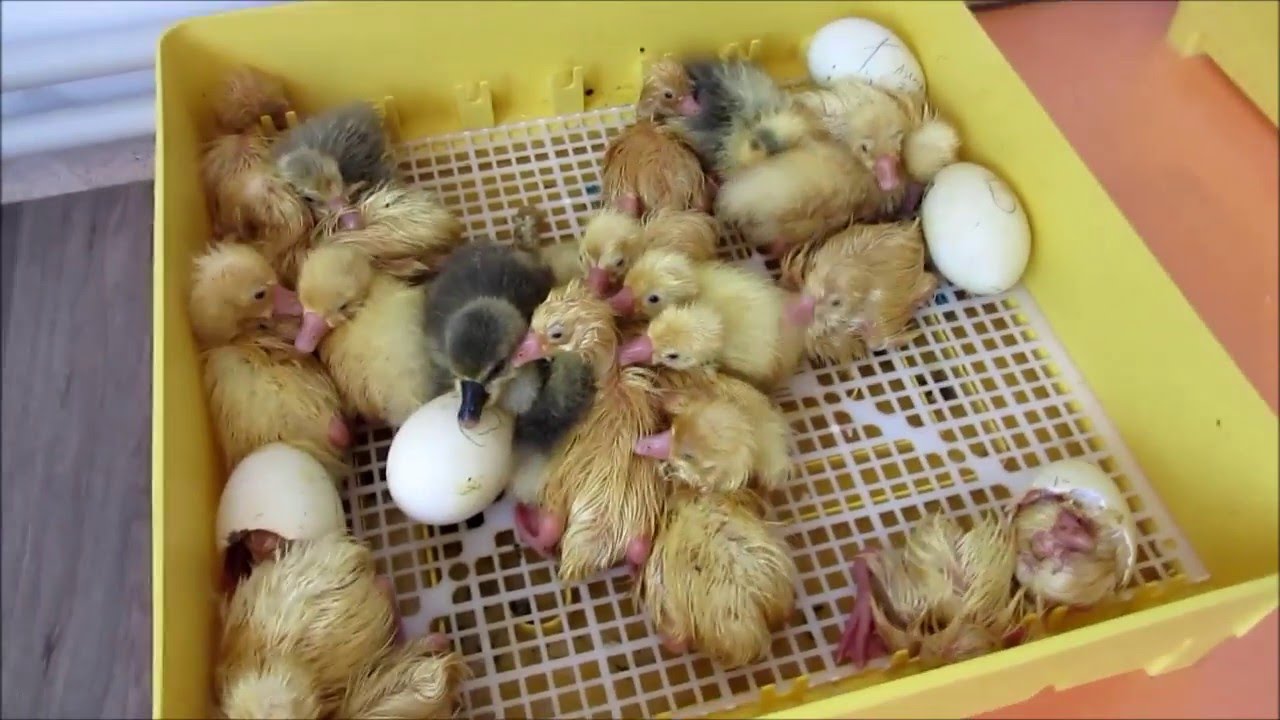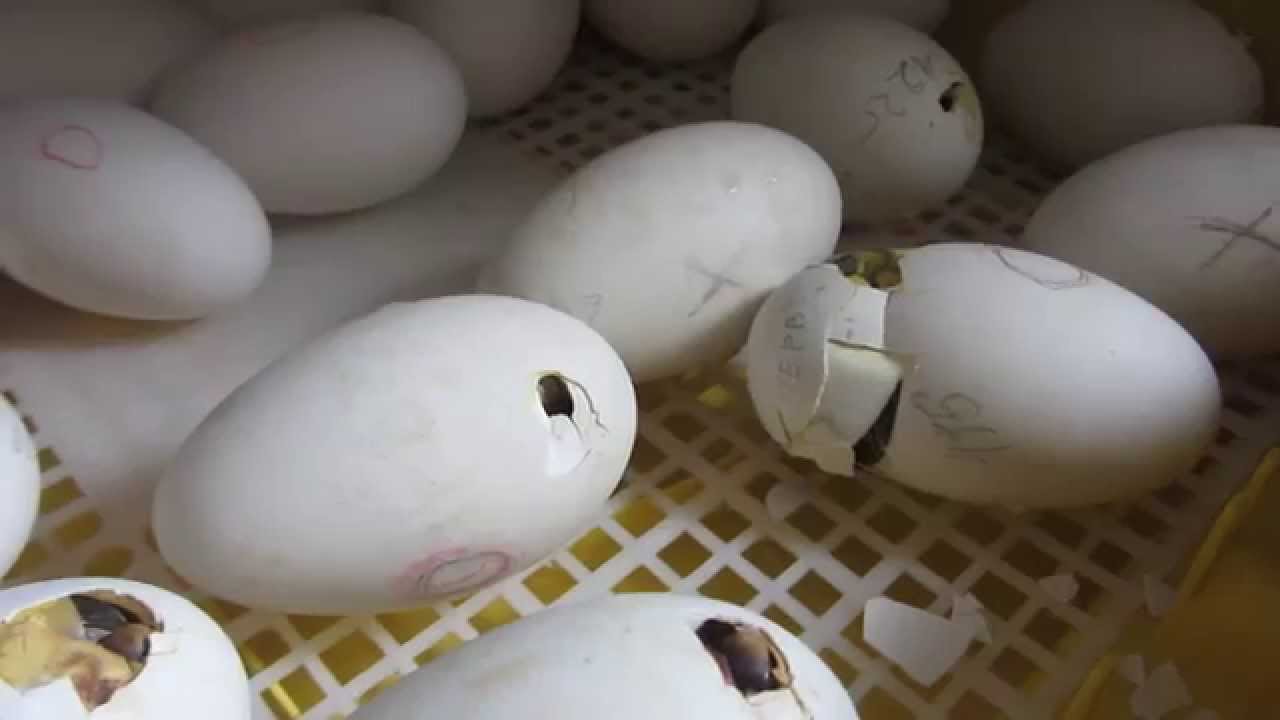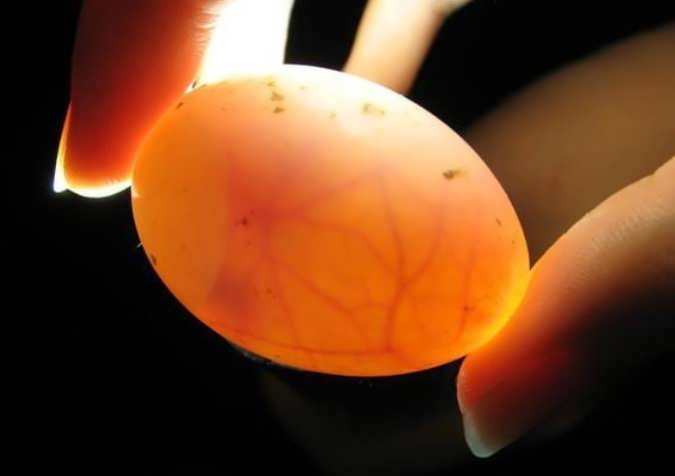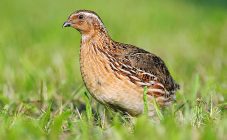Content:
Breeding poultry such as chickens, ducks, geese, turkeys is both profitable and profitable and not very difficult. To grow a good herd of, for example, geese, it is necessary to buy goslings at the poultry farm in the spring, then take care of them all summer, regularly graze on the lawns, feed and water. The process is time consuming, but at the same time entertaining.
It is interesting to watch how youngsters go through the stages of transformation from fluffy greenish lumps into white-gray beauties. But it is not a fact that all acquired goslings will survive. It is safer to have a goose that will conscientiously sit on the eggs for the prescribed period and breed. But this method is only suitable for small households. Nowadays, poultry farming, having started to use incubators, has reached a new level of increasing bird offspring. Not only in industrial production, but also among small business executives and farmers, the innovation is becoming more and more popular. Therefore, every breeder of this bird should know how the incubation of goose eggs is carried out.
Breeding goslings at home
To hatch goslings in an incubator, you need to collect the required number of eggs in advance. You will need fresh eggs for laying. Geese rush less often than chickens, therefore, it is necessary to provide the bird with good food and the required number of males (1 gander for 4 females), create the optimal temperature. If these requirements are met, the incubation material will have a minimum number of rejects.
Egg collection and checking
Collected eggs must be carefully checked. Which of them are subject to rejection:
- Too large or too small.
- With growths, cracks, roughness.
- With spots on the shell.
In order for the selection of eggs for setting to be successful, it is necessary to check them.
Inspection of goose eggs is achieved using an ovoscope - a device that is based on translucent eggs. It is possible to use such equipment of factory and homemade design. On industrial devices, you can inspect both one egg and several at the same time. To do this, the material under study is placed in a recess (if the inspection is designed for 1 egg) or on a grate and shine through with a light bulb fixed from below.
What is the result of such an inspection:
- Protein quality check (no dark spots).
- The presence of the yolk and its location (should be one centered).
- Return of yolk to center when inverted.
After carefully checking each specimen, it can be determined whether it is suitable for setting in an incubator or not. It is necessary to shine through the eggs three times: at the beginning of incubation, in the middle and before the appearance of the chicks. Such an examination will help to identify at the initial stage the quality of the protein and the location of the yolk in the egg, the development of the embryo in the process and the presence of a marriage (frozen embryo) before hatching.
A thorough check will allow you to select high-quality incubation material and get good offspring.
Storage
The process of collecting eggs takes time, so for several days the collected material must be properly stored at a temperature of +10 - + 15 degrees, do not shake or let them knock against each other, turn it after 8-10 hours, etc. The main thing is not to delay their laying for more than eight days, because this can affect the result of incubation.
Bookmarking instructions
To hatch goslings in an incubator, you need to learn how to use the equipment by studying the special instructions for its operation. Eggs are laid strictly according to the schedule indicated in the manual. During the period of filling the incubator, the temperature must strictly correspond to + 37-38 degrees, the humidity must be at least 63%.
Masonry care
Conventionally, the whole process of incubation of geese can be divided into 4 stages.
1 period
The first three days of incubation of goose eggs at home, the temperature and humidity should be the same as when setting. From 4 to 12 days, the incubator is ventilated once a day for five minutes, the eggs are turned four times and cooled for ten minutes.
2 period
From 13 to 24 days the number of airings is increased up to three times, the time - up to 20 minutes. In addition, to cool the eggs, the incubator must be turned off for 30 minutes. You also need to continue turning the eggs four times a day. The temperature regime remains the same, the humidity ranges from 54 to 75%.
3 period
From the 25th to the 27th day, the ten-minute airing is reduced to once every 24 hours, and the rollover is canceled altogether.
4 period
On the 28th day, the incubator is sanitized with a manganese solution and airing, because on the 29th day the first goslings are likely to hatch.
Breeding goslings in an incubator
At home, incubators are used that can hold from 30 to 100 eggs. The hatching period for chicks lasts up to 30 days. Equipment can be of two types: vertical and horizontal. Some breeders make their own incubators from old refrigerators. Breeding goslings in an incubator at home requires attention, patience and observation. In order to properly care for the future offspring, it is necessary to arm yourself with at least minimal knowledge about the features of the development and growth of future chicks.
From 1-7 days, all the main organs (skeleton, nervous, digestive systems) are laid in the embryo, and the heart begins to beat.
8-14 days - during this period the embryo grows, feathers, beak and claws appear, the skeleton grows stronger, the lungs work.
From 15 to 27 days, the yolk is drawn into the abdomen, the eyes open, movement begins.
On the 28th day, the goslings are ready to peck at the shell and leave it.
Errors in breeding goslings
Usually goslings hatch quickly and amicably, practically in one day. There are times when the chick does not have enough strength to break the hard shell and get rid of it. In such cases, they are helped to widen the hole without breaking the egg. When it becomes large, the gosling will slip out of it.
But it sometimes happens that the process does not go according to plan. Why does this happen? Some poultry farmers overcool the incubator, this leads to inhibition of the development of embryos. There are cases of temperature violations, eggs are heated for a long time. After prolonged overheating, it is necessary not only to ventilate the incubator, but also to spray the eggshell, especially when the chicks should begin to hatch.
You need to incubate goose eggs by writing down the day of laying and adding 30. The resulting number will be the date when the goslings should be hatched. Premature hatching on day 28 indicates an overtemperature in the incubator.But you should not rejoice at this, since the chicks will hatch weak, the same will happen at a reduced temperature.
Ovoscopy
Another very important point in the incubation process is the examination (ovoscopy) of the eggs. Checking can be done using a factory and homemade ovoscope.
Basic requirements for incubated eggs after inspection:
- smooth, without damage, shell;
- central location of the yolk;
- blurring of the boundaries of the yolk (a clear outline indicates the unsuitability of the egg for laying);
- finding an air sac at the blunt end of the egg;
- absence of microcracks (bacteria can get inside through them);
- normal egg weight is from 120 to 180 grams (depending on the breed);
- egg length - from 8 to 10 centimeters, width - 4-5 centimeters;
- absence of defects in shape (this will interfere with the development of the embryo);
- age qualification (laying hen must be at least 2 years old and not older than 4).
The most important condition for the suitability of an egg for incubation is the presence of an embryo. What are the signs of a fertilized egg? In addition to the listed ones (the presence of an air chamber in the blunt part, fuzzy contours of the yolk and its turns behind the movements of the egg), the absence of bacteria that appear and settle in colonies in the absence of an embryo, on the 10th day of incubation, using an ovoscope, you can successfully examine a dark speck in the yolk with a network of blood vessels of the future gosling.
Hatching chicks in an incubator
During the period of hatching in the incubator, the goslings need to comply with various humidity standards: when hatching - 55%, with mass hatching - 80%. Geese of medium size appear on the 30th day, large breeds - on the 31-32th day.
The light can be dim, dim. After all the hatched goslings are dry, they are placed in a special place - a cage. There they will grow stronger and be fed.
Geese are very picky birds. It often happens that after a successful incubation, almost half of the brood may die. Even experienced farmers who have been breeding geese for several years note how much rejection occurs after checking the eggs - up to 10-15%. Their advice on breeding and raising geese should be heeded not only by beginners, but also by experienced goose breeders. They will help in this difficult but interesting business to do without mistakes.












